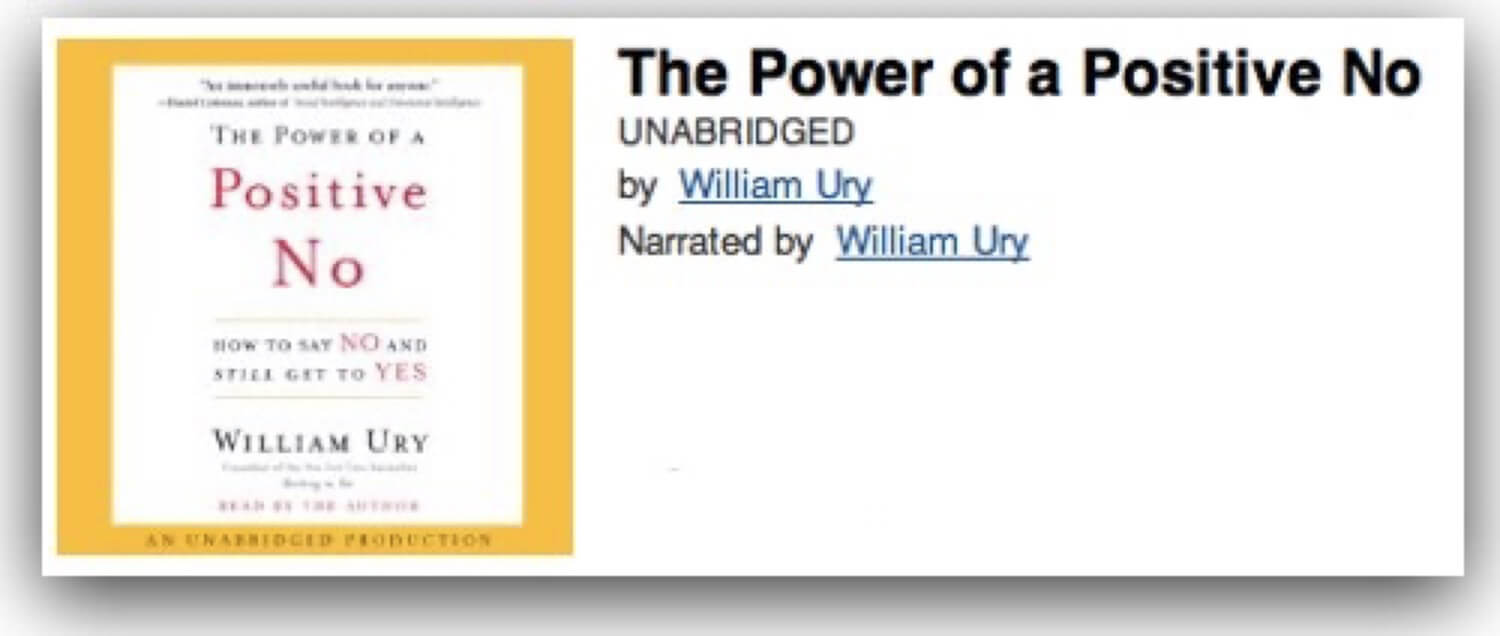The Power of the Positive No by William Ury - book of the week
📖Books
I’m a very positive guy and that’s why I have issues being assertive. I have problems saying NO to people as I don’t want to hurt their feelings and eventually I am the guy hurting. That’s why I started learning how to be more assertive and I started with this book by William Ury.

A three step formula: Yes - No - Yes
The author explains that saying No ultimately boils down to saying Yes… and then saying No to say Yes once again. Here’s how it works:
Step 1. Yes
When you want to say No - you want to do that because of your values and your beliefs. You want to firstly say Yes to yourself, to what you believe in and that’s why you don’t want to agree to what the other person is saying. So you start by saying Yes to your values.
Step 2. No
Deliver the bad news in a positive way. Because you want to stay true to your values, you simply cannot oblige and say yes to the proposal. It’s that simple. You don’t say No because of your contempt to the other party - you say No because of your inner Yes.
Step 3. Yes
This is they last key. You said Yes to yourself and because of that you had to say No to the request and now you’re saying Yes to the relationship here and want to see if there is another, alternative option of reaching a mutual accord. Here you can directly suggest a new positive outcome that may satisfy both parties.
The trap of three A
The idea of Yes-No-Yes helps design a new, positive outcome, that will make sure you don’t fall intro a trap of Accommodation (saying yes when you actually mean No), Attack (responding angrily and forcefully) or Avoidance (you simply don’t do anything at all). This trap used to be my problem in many cases, usually in family situations.
The power of respect
There is a bonus lesson I learned from this book - the power of respect. If you show the other party you respect them, you can get through a positive No to a very powerful Yes together. This Yes-No-Yes system helps establish respect but you should always reaffirm the other party with your gestures and tone that you respect them. After all, we are all humans and have our story to tell. We all need and deserve respect. When I read this chapter I thought about our politicians and how they don’t respect one another - how they show “in your face” that they think the other party is worth nothing. No wonder they can’t reach any meaningful resolution nowadays…
Are you assertive? How do you handle saying No? Did you try a Yes-No-Yes formula in your life?